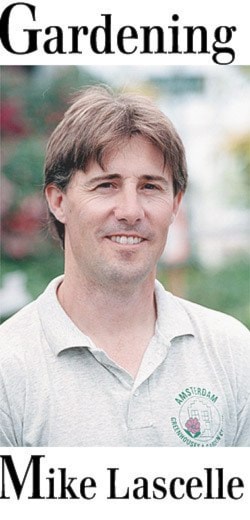“If the bee disappears from the surface of the earth, man would have no more than four years to live. No more bees, no more pollination, no more plants, no more animals, no more man.” – Albert Einstein
In 2010, 90 per cent of all honeybees on southern Vancouver Island perished from colony collapse disorder. Radiation from cell phone signals impairs the bee’s ability to find its own hive, leaving them stranded.
The proteins ingested from sterile pollen collected from genetically modified crops is causing what some describe as ‘colon cancer’ in honeybees. A tiny Asian mite known as the Varroa Destructor spreads across the planet, sucking the blood of adult bees and decimating the apiary industry. In Britain, where three of 25 bumblebee species have gone extinct. Scientists are so worried about pesticide damage that they are fitting bees with tiny radio tags in order to monitor their behaviour.
While such scenarios may sound like plot lines from a bad 1950s ‘B’ movie, what they actually represent is a current sampling of the research and concerns in regards to the steady loss of both domestic (Apis mellifera) and wild bees throughout the world.
When you consider that many edible crops – such as apples and blueberries – rely on honeybees for 90 per cent of their pollination needs, can you imagine the massive food shortages that would ensue if we just let the status quo continue on its merry way?
Admittedly, there is little the average person can do about this crisis except limit their domestic pesticide use, only purchase non-GMO food products and pressure governments at all levels to better scrutinize the corporate manipulation of the environment for profit.
Which still leaves us with the problem of local pollination – how can we make sure that the fruit trees and berry bushes in our home gardens get pollinated?
Enter Osmia lignaria, or the blue mason bee, which at a casual glance much resembles a large fly.
Mason bees are generally out pollinating from late March through to early June (depending on temperature) and will even gather pollen in cool, wet weather when other bees are inactive. They are also native to the Pacific Northwest and have been pollinating our gardens all along.
So what are the benefits of blue mason bees?
First of all, they almost never sting, so you don’t have to worry about the kids or allergic neighbours.
Secondly, they are incredibly efficient – with females capable of pollinating up to 2,000 apple blossoms in a single day – so a small colony will be all you need.
Thirdly, they pollinate in a range of about 200 feet, so no matter where you situate them in your yard, your pollination is assured.
Lastly, they are not particularly fussy about their pollen, so if you only have one or two fruit trees, they will gladly move onto your berry bushes or ornamental plants.
Some common shrubs and weeds they seem to frequent include Pieris, Oregon grape (Mahonia aquifolium), Salix caprea ‘Pendula’ (weeping pussy willow) and even the humble dandelion.
Getting started is easy as most garden centres now stock all the materials (bee condos, nesting tubes, how-to DVDs) you will need to attract them, including the dormant bees themselves.
Since Mason Bees nest in holes, you will have to decide between the three main options out there: routered wooden trays, cardboard nesting tubes or stackable plastic nesting trays.
The latter is the best, as it is reusable and easily cleaned.
These need to be housed in a bee condo, which resembles a wooden bird house with a removable front plate or predator guard (keeps woodpeckers from snacking).
The bee condos should be hung on the outside wall of a building facing east or south (with some sun), but out of the wind, rain and excessive heat.
Rather than wait for the native bees to find the nest, most people purchase dormant cocoons in a plastic pill bottle or small cardboard box (each with an emergence hole), and place this is on top of the nesting trays or tubes sometime in March, as the temperature approaches 14 C.
The male bees emerge first and just hang around to mate, dying shortly afterwards.
The mated females start the cycle of lining the tubes (should be 5/16” or eight millimetres in diameter) with mud, gathering pollen and making a clump, laying an egg on the clump and sealing the chamber with mud – with each 15 centimetre-long tube accommodating about six eggs, which are next year’s mason bees.
Mike Lascelle is a local nursery manager and gardening author. Email him at <a href="mailto:hebe_acer@hotmail.com">hebe_acer@hotmail.com</a>.
Blog
I’ve uploaded two new stories, Missing the Guy in the Tacky Shirt and Drink the milk, but don’t kill the cow, to my blog at <a href="http://www.soulofagardener.wordpress.com" target="_blank">www.soulofagardener.wordpress.com</a>.
